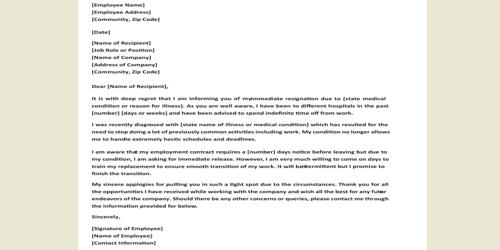The post-mortem interval (PMI) is the amount of time that has passed since the death of a person or animal. It is the amount of time that has passed since a person died. When the time of death is unknown, the interval can be estimated and an estimated time of death determined. Determining the PMI is critical in forensic science, particularly in forensic pathology and criminal investigations.
Estimating the post-mortem interval entails taking into account a variety of factors that influence the rate of decomposition and changes in the body after death. Depending on the type of evidence, postmortem interval estimates can range from hours to days or even years. Such an estimation is supported by standard medical and scientific techniques.
Some factors influencing the estimation of PMI include:
- Body temperature: Algor mortis, or the cooling of the body, can provide an initial estimate of the time since death. However, as time passes, this method becomes less accurate.
- Rigor mortis: The stiffening of muscles following death can be used to estimate the PMI. Rigor mortis usually begins within a few hours of death and fades within 24 to 48 hours.
- Lividity: Post-mortem lividity, also known as hypostasis, is the accumulation of blood in the lower parts of the body. The pattern and extent of lividity can provide information about the time of death.
- Decomposition: Changes in the body caused by decomposition, such as the appearance of insects and other organisms, can assist forensic experts in calculating the PMI.
- Environmental factors: Temperature, humidity, and other environmental conditions play a significant role in the rate of decomposition. The local climate can impact the accuracy of PMI estimates.
- Clothing and covering: The type and amount of clothing on the body, as well as any coverings, can affect the rate of cooling and decomposition.
Analytical techniques
There are analytical techniques that can be used to determine the post-mortem interval:
- Forensic entomology: insect (especially blowfly) activity on the corpse.
- Forensic botany: Plant and soil effects on the process of decomposition.
- Forensic pathology: Cause of death determination and subsequent postmortem changes.
- Ocular changes: vitreous chemistry composition, eye structural changes.
- State or stage of decomposition: autolysis (process of self-digestion) and putrefaction (process caused by bacteria found within the body).
DNA quantification, infrared spectroscopy, and for buried individuals, changes in soil composition such as methane, phosphates and nitrates, ninhydrin-reactive nitrogen, volatile organic compounds, and water conductivity could also reveal the time of death.
















